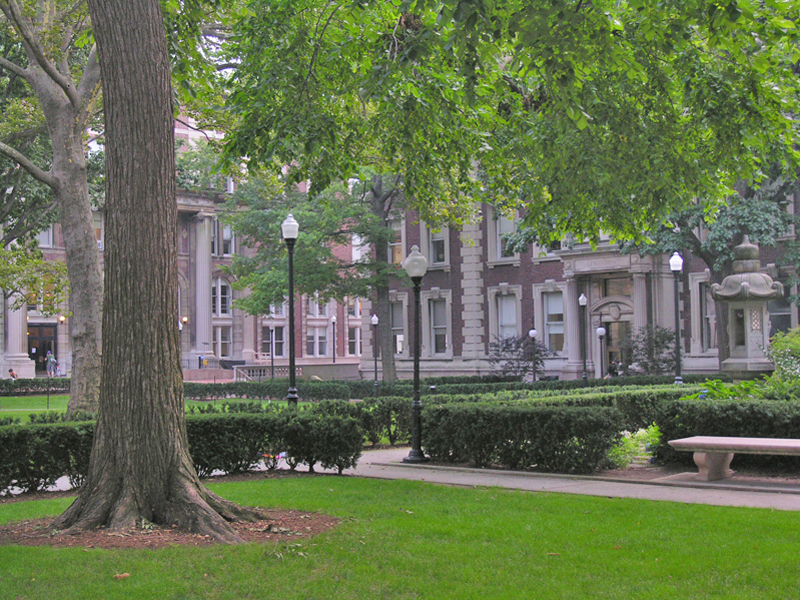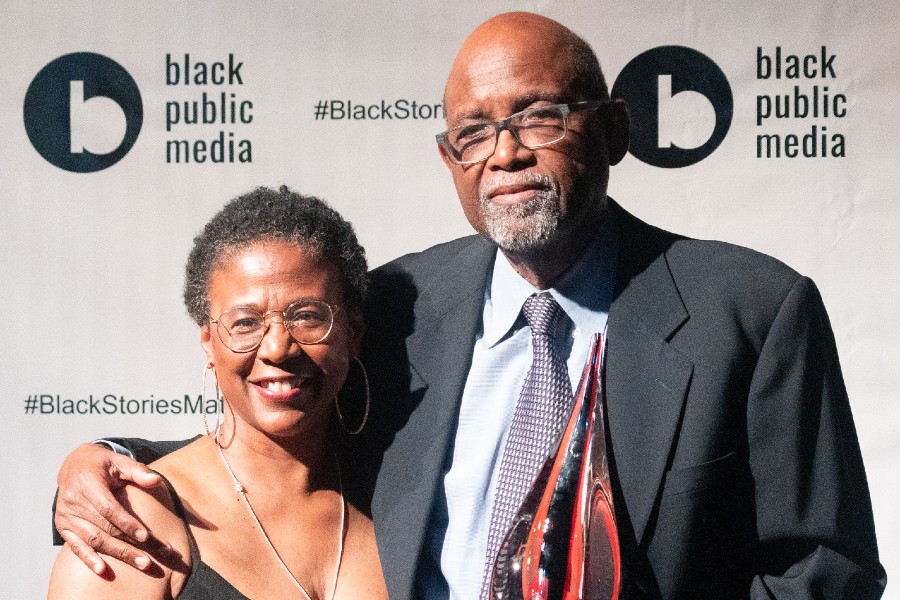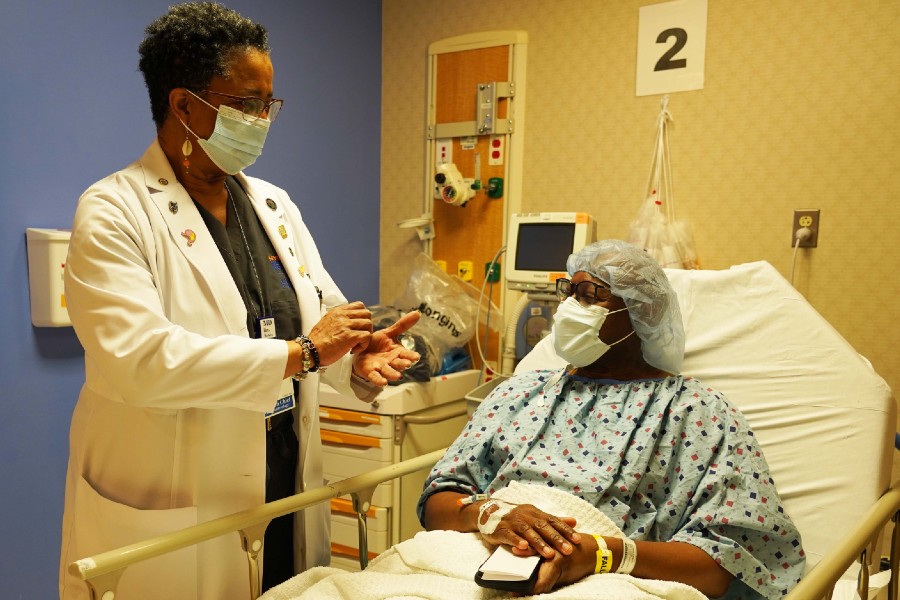Morningside Heights is a neighborhood of the Borough of Manhattan in New York City and is chiefly known as the home of institutions such as Columbia University, Teachers College, Barnard College, the Manhattan School of Music, Bank Street College of Education, “Grant’s Tomb”, the Cathedral of Saint John the Divine, the Riverside Church, the Broadway Presbyterian Church, Union Theological Seminary in the City of New York, Jewish Theological Seminary of America, Interchurch Center and St. Luke’s Hospital. Because of the number of educational institutions in the neighborhood, its nickname is the Academic Acropolis.
Morningside Heights is part of the Upper West Side. However, it has been described as part of “Greater Harlem”. Some claim the Upper West Side goes no farther north than 110th Street, but this is not the case. Morningside Heights is bounded by Morningside Park to the east, Harlem to the north, and Riverside Park to the west. The streets that form its boundaries are 110th Street on the south, Riverside Drive on the west, 125th Street on the north, and Morningside Drive to the east. The main thoroughfare is Broadway. With the recent gentrification of Bloomingdale, the neighborhood immediately to the south of Morningside Heights, the southern boundary of this region is sometimes stretched to 106th Street and at times even 96th Street.
In the 17th century, the land that is now Morningside Heights was known as Vandewater’s Heights, named for the landowner.
On September 16, 1776, the Battle of Harlem Heights was fought in Morningside Heights, with the most intense fighting occurring in a sloping wheat field that is now the location of Barnard College. A plaque by the Columbia University gate on 117th Street and Broadway commemorates this battle.
Use of the name “Morningside Heights” for the neighborhood arose in the 1890s when development of the area commenced. Although the name “Bloomingdale” was used for the area about the Bloomingdale Insane Asylum (located at the present location of the main campus of Columbia University), other names such as “Morningside Hill” and “Riverside Heights” were used for the area and no single name was commonly used for the neighborhood as projects began to construct the university campus, and also the nearby Teachers College, the Cathedral of Saint John the Divine and St. Luke’s Hospital. In time two names gained the most use; “Morningside Heights” was preferred by the two colleges while “Cathedral Heights” was preferred by St. John’s and St. Luke’s. After about 1898, Morningside Heights became the most generally accepted, although the diocese at St. John’s continued to call the neighborhood Cathedral Heights well into the 20th century. The term “Morningside” came from the park on the east flank of the plateau, which was lit up by the rising sun and which was called “Morning Side Park” in 1870 when the city parks commissioner recommended a survey of the land.
Many apartment buildings and rowhouses, amongst the first to use elevators in residential buildings, were built for New York’s prosperous middle class in the first two decades of the twentieth century and most of these buildings are still extant. By the mid-20th century the increasing prevalence of Single Room Occupancy (S.R.O.) hotels led to attendant socioeconomic problems and a decline in the neighborhood. Jane Jacobs The Death and Life of Great American Cities presented the neighborhood as a key example of the failure of the urban planning techniques of the era.
What makes Harlem special is that at any given time, food seekers can not only find food deeply rooted in Southern, Latin and African traditions, but also can taste the newer Senegalese, Chinese, and Italian influences as well.
In 1947 David Rockefeller became involved in a major middle-income housing development when he was elected as chairman of Morningside Heights Inc. by fourteen major institutions that were based in the area, including Columbia University. In 1951 the organization developed Morningside Gardens, a six-building apartment complex to house middle-income families from all ethnic backgrounds.
The social problems in the area prompted Columbia to purchase much of the neighborhood’s real estate, leading to accusations of forced eviction and gentrification. This process reached its nadir in 1968, when protests erupted in both the neighborhood and on Columbia’s campus over the university’s proposal to build a gym in Morningside Park. Residents alleged that the park’s proposed separate entrance for Harlem residents on the lower level of the park was segregated, and that public park space was being annexed by a wealthy private institution. The university was eventually forced to abandon the plan, though it has still expanded its presence in the neighborhood markedly over the last few decades, and gentrification and urban renewal have proceeded apace. In January 2008 the university received approval from the City Council to expand significantly in nearby Manhattanville.
As the city grows and residents move in and out, neighborhood names change as well. Newcomers may consider Morningside Heights as an extension of the Upper West Side, though others hold onto the old name. In the last decade, some businesses in the area have started using the name SoHa (or “South of Harlem”) to refer to the neighborhood. Examples of this include Max’s SoHa restaurant and the former SoHa nightclub.
The neighborhood is part of the Fifteenth Congressional District of New York, which includes all of Upper Manhattan. Traditionally, Morningside Heights has been heavily Democratic.
The neighborhood’s ZIP codes are 10025, 10026, and 10027.
The label Academic Acropolis has been used to describe the area, since it sits on one of the highest natural points in Manhattan and contains numerous academic institutions. Much of the neighborhood is the campus of Columbia University, and the university also owns a large amount of the non-campus real estate. Other educational institutions in the neighborhood include Barnard College, Union Theological Seminary, New York Theological Seminary, Jewish Theological Seminary of America, Manhattan School of Music, Teachers College, Bank Street College of Education, St. Hilda’s & St. Hugh’s School, The School at Columbia University, Bank Street School for Children, The Cathedral School of St. John the Divine, and for the younger residents, Columbia Greenhouse nursery school.
NASA’s Goddard Institute for Space Studies is also located in the neighborhood, directly above Tom’s Restaurant (see below) in a building owned by Columbia University.
Non-academic landmarks in Morningside Heights include the Cathedral Church of Saint John the Divine, Grant’s Tomb, Riverside Church, Interchurch Center, Corpus Christi Church (New York), where Thomas Merton was baptized, International House, and St. Luke’s-Roosevelt Hospital Center.
A famous restaurant in Morningside Heights is Tom’s Restaurant, on Broadway at W. 112th St. It was featured in a 1990s song, “Tom’s Diner”, by Suzanne Vega (an alumna of Barnard College). Later, exterior shots were used on the television sitcom Seinfeld as a stand-in for the daily hangout of the show’s principal characters.
The West End Bar was another famous local restaurant. It served especially as a meeting place for writers of the Beat Generation in the 1940s and 1950s, as well as one for student activists prior to, during, and after the Columbia University protests of 1968. The bar also included the Jazz at The West End jazz room, which was run by jazz historian and DJ Phil Schaap for 17 years. In the late 2000s, it was absorbed into a Cuban restaurant chain, Havana Central, and became known as “Havana Central at the West End”.
The neighborhood is part of the 69th Assembly District, represented by Democrat Daniel O’Donnell in the State Assembly. In the State Senate, the neighborhood is split between the 30th District, represented by Democrat Bill Perkins, and the 31st District, represented by Democrat Adriano Espaillat.
In Congress, the neighborhood was part of the district represented by Jerrold Nadler until 2002 redistricting moved it into Charles Rangel’s Harlem-based district. The 2012 redistricting process moved the bulk of Morningside Heights into the new 10th Congressional District, largely represented by Nadler.
George Gershwin began composing his Rhapsody in Blue while living at 501 West 110th Street in Morningside Heights. Film director Cecil B. De Mille lived on 114th Street. F. Scott Fitzgerald lived at 200 Claremont Ave. while working in advertising and writing This Side of Paradise.
Comedian George Carlin grew up on 121st Street.[citation needed] In the comedy piece “White Harlem”, which appears on his Occupation: Foole album, he said that younger residents would refer to the neighborhood as “White Harlem” as that name would likely be considered an intimidating locale by outsiders and give inhabitants thereof greater respect from outsiders. This term is heard in “Brooklyn Without Limits”, a 2010 episode of the comedy 30 Rock.
CEO Herb Pardes of New York Presbyterian Hospital is known to live in Morningside Heights.
Several famous neighborhood residents have lived in Morningside Gardens, an experimental co-op project built in 1957 between 123rd and LaSalle Streets, and Broadway and Amsterdam Avenues. Many professional African-Americans moved to Morningside Gardens to maintain roots with the black community of Harlem and to enjoy the benefits of a safe and integrated community.
Many notable people have resided in the area while attending or teaching at Columbia University. Several, however, have had significant engagements with the neighborhood itself. While writing a master’s thesis on William Blake at Columbia University, Thomas Merton attended Corpus Christi Church on West 121st St., where he formally converted to Catholicism. Barack Obama rented an apartment at 142 West 109th St.
Become a Harlem Insider!
By submitting this form, you are consenting to receive marketing emails from: Harlem World Magazine, 2521 1/2 west 42nd street, Los Angeles, CA, 90008, https://www.harlemworldmagazine.com. You can revoke your consent to receive emails at any time by using the SafeUnsubscribe® link, found at the bottom of every email. Emails are serviced by Constant Contact










of course like your web site but you have to check the spelling
on quite a few of your posts.Many of them are rife with spelling problems
and I in finding it very troublesome to tell the reality on the other hand I will certainly come
again again.
Though there is no excuse, we are in transition and will fix these editorial problems.
Thank you,
Daniel Tisdale
Founder